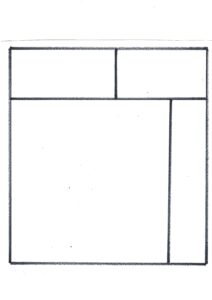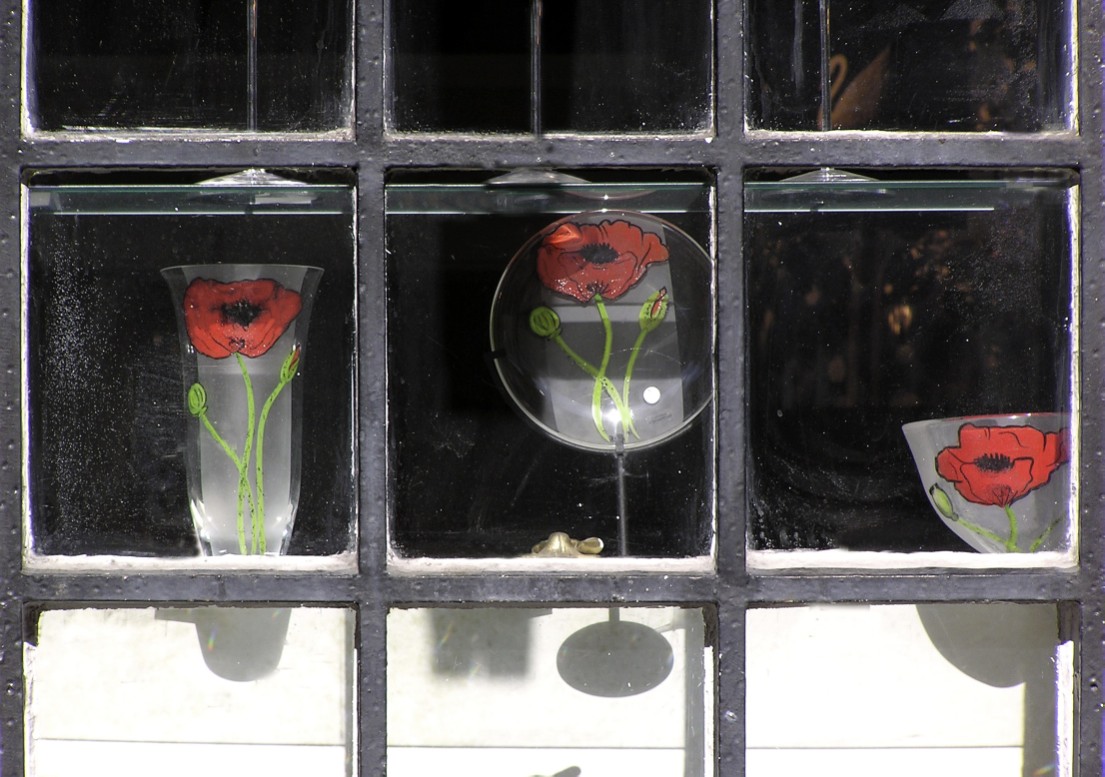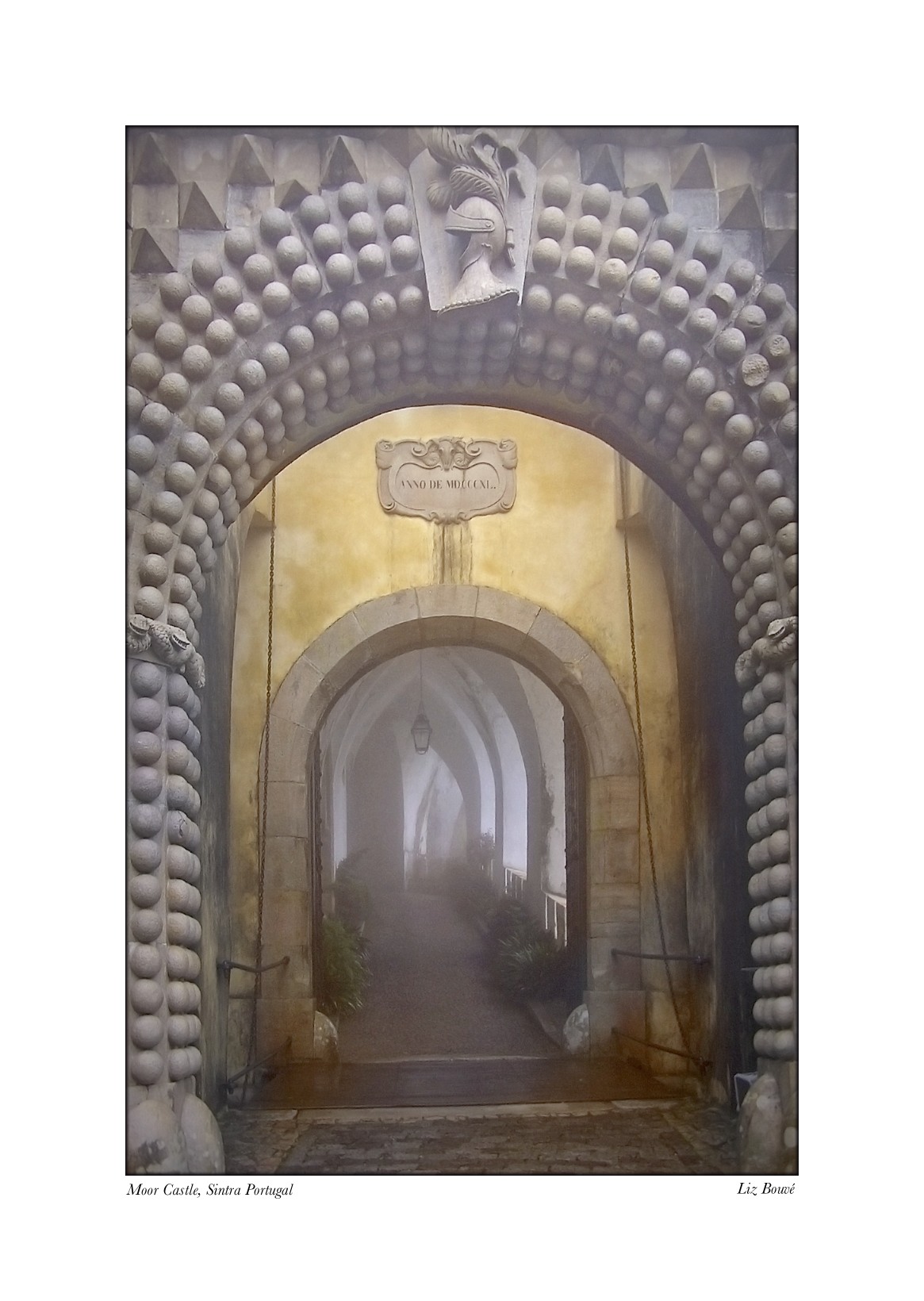
When I introduce the stabilized interaction model into our analysis of Quad Four dynamics, several interesting results occur. They all involve the relationship between Quad Four and the two adjacent quads (Two and Three). I identify this as a model of stabilization because all four of the quadrants tend to be “sticky.” They don’t easily move. When Quad Four is activated, the stickiness of the other three quadrants can increase. The “threat” of Quad Four material causes each of the other quadrants to be “on-guard” and not to easily change or cooperate with the other quadrants.
I will first address the option of a large Quad Three and Small Quad Four and of a small Quad Three and Large Quad Four. I will then shift to the other two possibilities: a large Quad Two and Small Quad Four and a small Quad Two and Large Quad Four.
Large Quad Three/Small Quad Four
When there is a large Quad Three and Small Quad Four, the stabilized model will resemble the following:
 The basic message when this Quad Four dynamic is in place becomes: “I know much about myself but don’t want to share it.” This dynamic is exemplified by the fully analyzed therapist who shares very little about herself with patients. She has a great deal of access to Quad Four and has moved it into Quad Three—but she doesn’t want to move it into Quad One. The self-insights help the therapist in her work with patients; however, there is still a tension between Quad Three and Quad One—especially if this interpersonal pattern extends to other people in the therapist’s life. This is where the stabilized interaction model offers some real insights.
The basic message when this Quad Four dynamic is in place becomes: “I know much about myself but don’t want to share it.” This dynamic is exemplified by the fully analyzed therapist who shares very little about herself with patients. She has a great deal of access to Quad Four and has moved it into Quad Three—but she doesn’t want to move it into Quad One. The self-insights help the therapist in her work with patients; however, there is still a tension between Quad Three and Quad One—especially if this interpersonal pattern extends to other people in the therapist’s life. This is where the stabilized interaction model offers some real insights.
In the traditional Johari Window, both Quad One and Quad Two would shift if Quad Three was large and Quad Four was small. In the case of the stabilized model, the first and second quads remain the same size, while Quad Three is growing and Quad Four is shrinking in size. This is part of the tension. From outward appearances (Quad One and, indirectly, Quad Two), everything is the same. But inside the therapist, much has happened. There has been substantial growth in self-insight.






